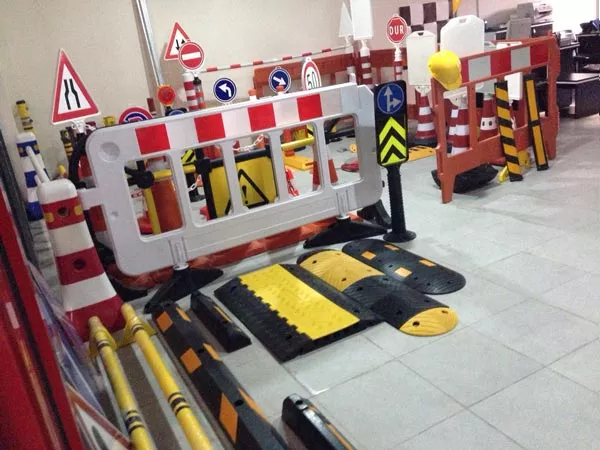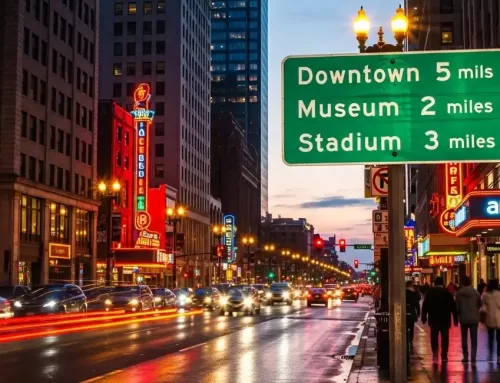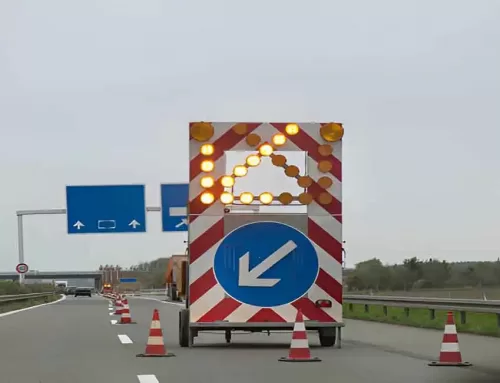How to Make Safety Signs

If you’ve ever wondered how to make a safety sign, you’re not alone. There are many options available. Here’s what you need to consider. There are several ANSI standards for safety signs. You’ll also learn about colors, shapes, and placement. Listed below are some tips to help you create a sign that’s right for your needs. And if you want to get creative, you can create your own customized design.
ANSI safety sign standard
The ANSI safety sign standard describes how to design, apply, and use safety signs in environments. The standard was recently revised and divided into five types: warning messages, hazard symbols, warning colors, and warning messages. ANSI’s guidance for the design and application of safety signs includes general criteria to ensure that they’re effective. Signs should contain information about the hazard that a person is exposed to and how they can avoid it.
Many utilities and standards use the signal word DANGER as the default word. It’s a word that carries the highest level of seriousness. However, the ANSI safety sign standard limits its use and discourages the misuse of it. In contrast, a safety sign should not include the word “danger” if it’s intended for direct exposure to energized parts. Regardless of the word used, the sign should be large enough to warn a driver of a hazard.
Colors
Safety colors vary. Red, for instance, will denote a high fire risk, indicating a significant danger to the facility. The American National Standards Institute provides guidelines for color-coding safety signs, though it is not a governmental organization with enforcement powers like OSHA. However, the colors are generally understood by employees. To ensure that employees comply with the rules, you should provide detailed training to your staff. This training can take the form of a meeting with a supervisor or a meeting with new employees.
Red is a universally recognized color, so it is often used for signs stating safety requirements. It may tell employees to wear protective gear in a particular area. Yellow is another common color for warnings in workplaces. It may indicate a tripping hazard or a spill. Cleaning crews may also place yellow signs near wet floors. These signs help employees make the right decisions when it comes to safety at work.
Shapes
There are three common types of safety signs: warning, precaution, and mandatory action. Each type of sign should convey a clear message about the hazards of the environment it’s posted in. You can choose to use one of these shapes or a combination of them depending on your needs. Triangles are typically used for hazard alerts and warnings and are typically surrounded by a black equilateral triangle. Warning signs can also include a yellow background.
Mandatory signs are round in shape and say obey. Warning signs, on the other hand, warn of a hazard or danger and are triangular in shape. In addition, they’re often green in colour. In addition to their obvious function, these signs can also help people stay safe and avoid a dangerous situation. But which shapes are best for safety signs? Which shapes and colors are right for your situation? Here are some guidelines.





